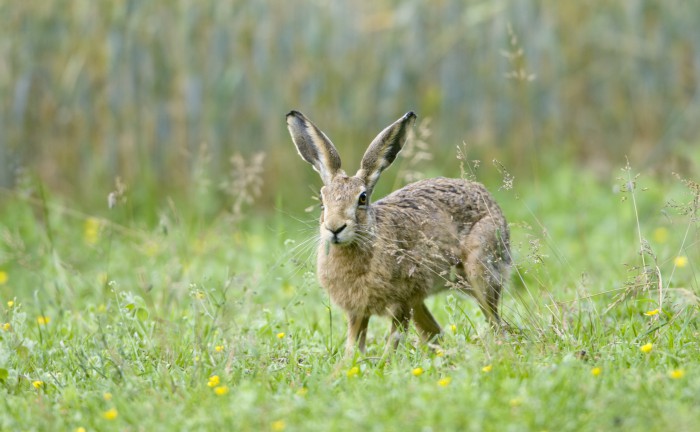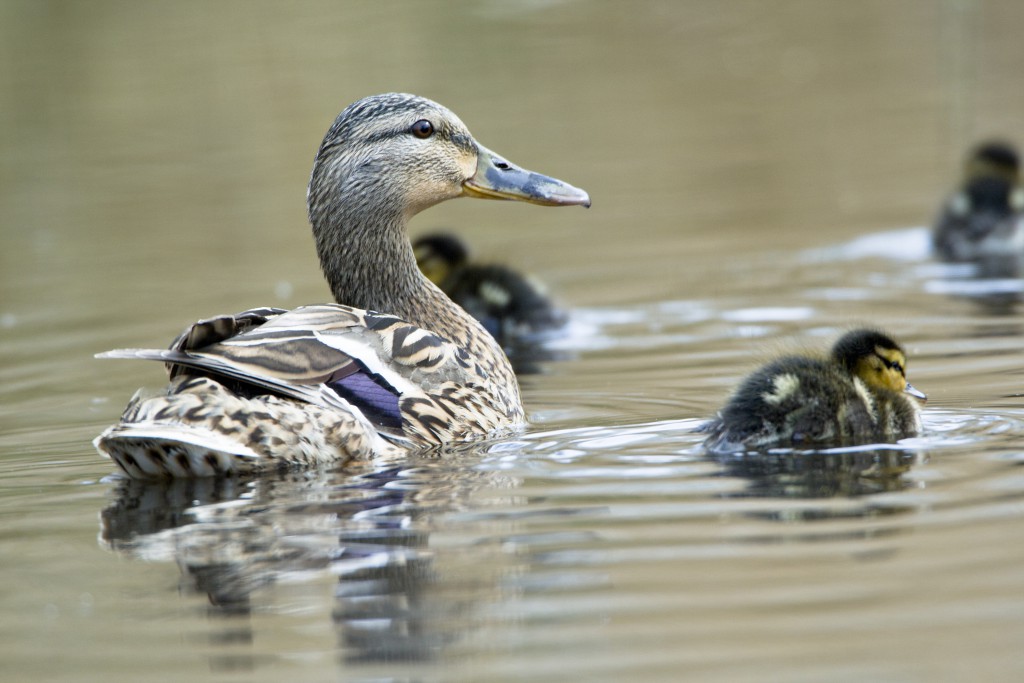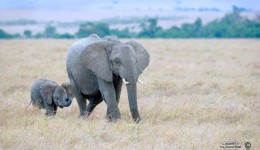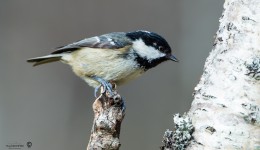
Easter is of great importance and has for many centuries, been an overwhelming influence on our lives. It was the need to calculate when Easter was celebrated that led to the adoption of the “Modern calendar” or Gregorian calendar in 1582, the one we still use today.
When Easter Sunday will occur, is complicated but the arrival of the Modern Calendar, means Easter now falls anywhere between the 19 March and the 22 April. We all look forward to a couple of days off, and although Good Friday has always been a day of rest. It wasn’t until the Bank Holidays Act of 1871 that Easter Monday was added giving us the Easter break we know today.
The giving and receiving of eggs, on Easter Sunday, dates back to early Christianity. Its significance and meaning, lost in the mists of time. The eggs were not birds’ eggs but the eggs of the Hare, a mythical creature associated with Easter.
No one knows for certain how the idea of Hares laying eggs came about. One theory is, Hares don’t have a burrow or shelters, but make a shallow scrape in an open area. These Forms could be mistaken for a nest and so the myth of the egg laying Hare started.
The normally sedate Hare, also attracted attention at this time of year, the term, mad as a March Hare came into our language. Normally shy creatures, during March and April Hares can been seen in groups in fields and open land. A fight will suddenly break out, combatants leaping into the air.
This boxing; is not as most people think, two males. Normally it’s a female; warding off unwanted advances of a prospective suitor. The female, is normally the one doing the chasing and the hitting.
Later in the year the young hares or leverets are born. Just like chicks the leverets stay in the Form all day awaiting mothers return. The mother may only return, once or twice a day to feed the Leverets, normally after sunset.
Traditional decorated chickens eggs Easter eggs have mainly been replace by the chocolate variety after J.S. Fry introduced the chocolate egg in 1873. The Hare associated with Easter, lost out in Victorian Britain when Easter cards started to show baby Rabbits and ducklings. These became the new icons of renewal and the coming of summer.
Depending on the weather you may just witness boxing Hares. If you can’t find a Hare, ponds and rivers should have ducklings for your enjoyment.




Comments RSS Feed